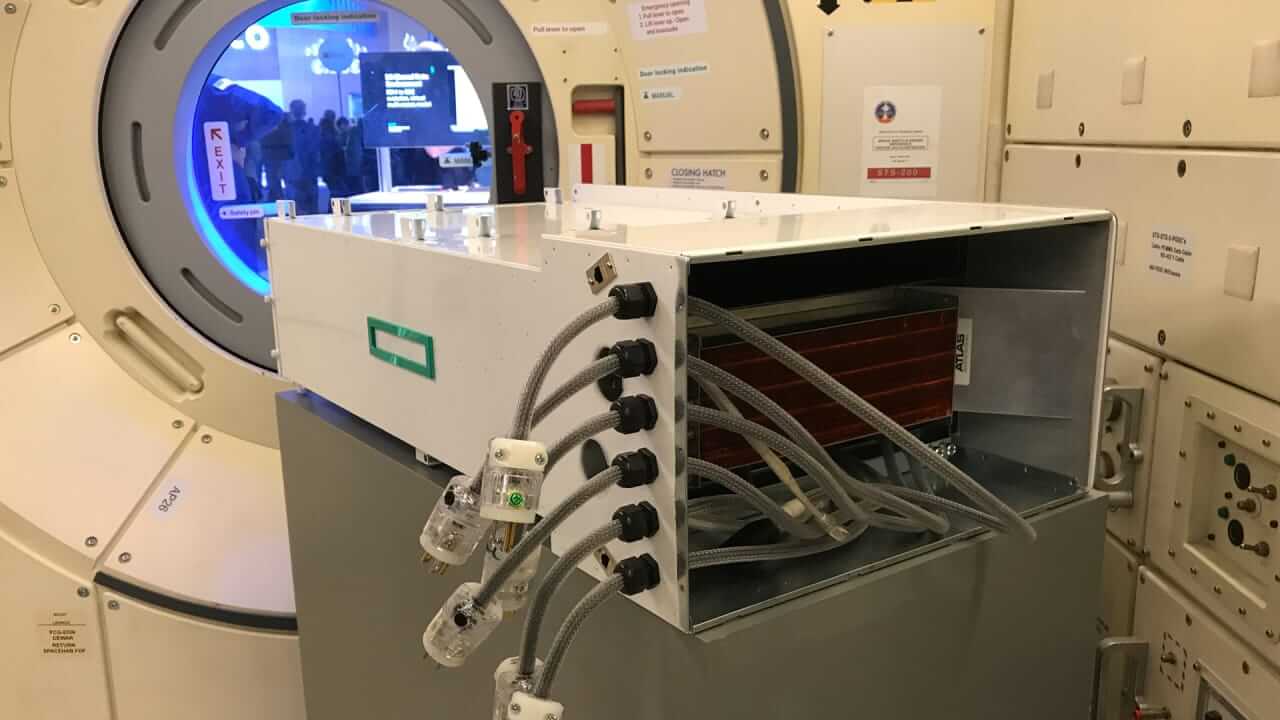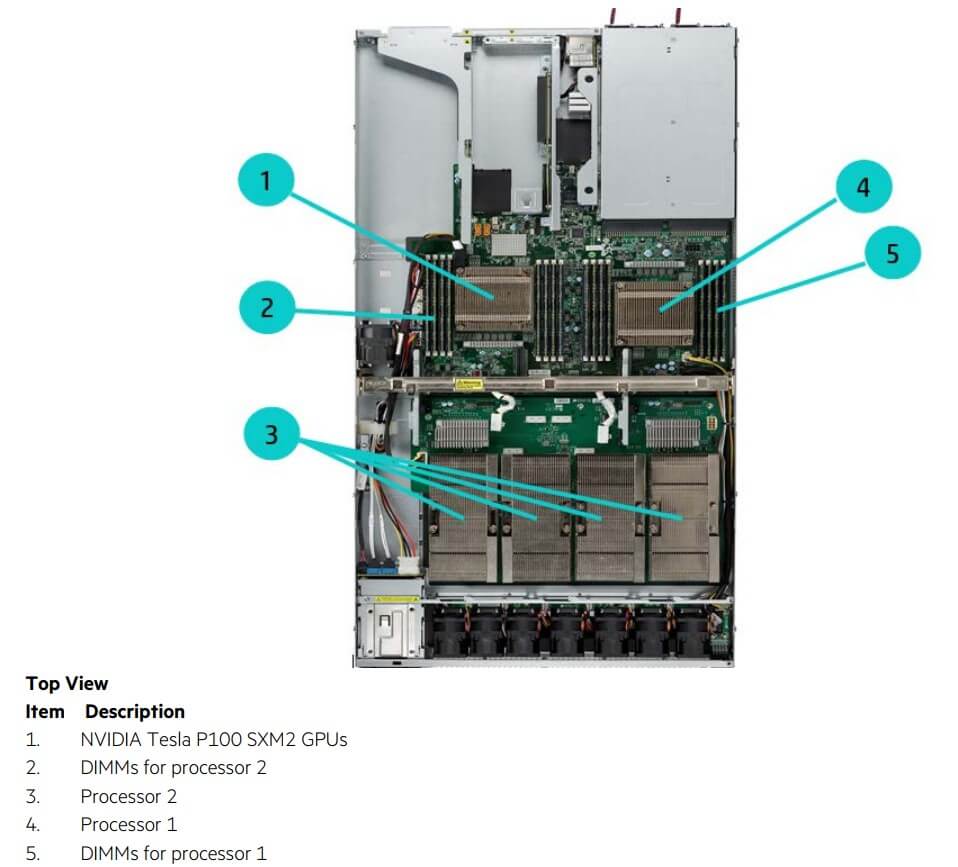Why it matters: There are still more unknowns about operating computers in space to be answered. HP Enterprise's Spaceborne Computer on the ISS will be used by crew members for several months before it is hauled back down to Earth for analysis.

Sometimes engineering an entirely new solution is not the best course of action. Engineers at NASA and HP Enterprise certainly believed this mantra when launching the Spaceborne Computer to the ISS in 2017.
In what amounts of an off-the-shelf server that has the compute power of around 30 laptops, the Spaceborne Computer uses the same hardware found inside of data centers on Earth. Software has been added to often check for power fluctuations and to look for signs of improperly computed results.
Running on a Linux distribution, Spaceborne turns out a little over one trillion calculations per second. Physically, the unit weighs in at 124 pounds but given its use in a zero gravity environment, this hardly matters after it left the launchpad. It is currently mounted to the ceiling of the ISS using only a handful of bolts.

Due to the failure of the Soyuz rocket last month, Spaceborne is getting an extended stay at the ISS. For crew members aboard the ISS, this will offer significant benefits. Sending data back and forth from Earth can take a long time. Being able to work locally eliminates that bottleneck. Looking towards the future, traditional wireless communication can take up to 24 minutes for a packet to reach Mars from Earth. A space-worthy supercomputer could drastically reduce that time.
Operating in space has brought about a small number of problems. For some yet to be determined reason, solid state drives are failing at an usually high rate. Out of the 20 SSDs in the computer, nine of them failed prematurely. Vibrations from the launch vehicle, erratic radiation levels, or simply unstable power delivery are just a few conditions that SSDs are not usually subjected to.
At some point in the future (estimated April 2019), Spaceborne will be brought back down to Earth for a full examination. A team will break out a fancy microscope to find even the smallest bits of damage caused to the components that spent their life in space.